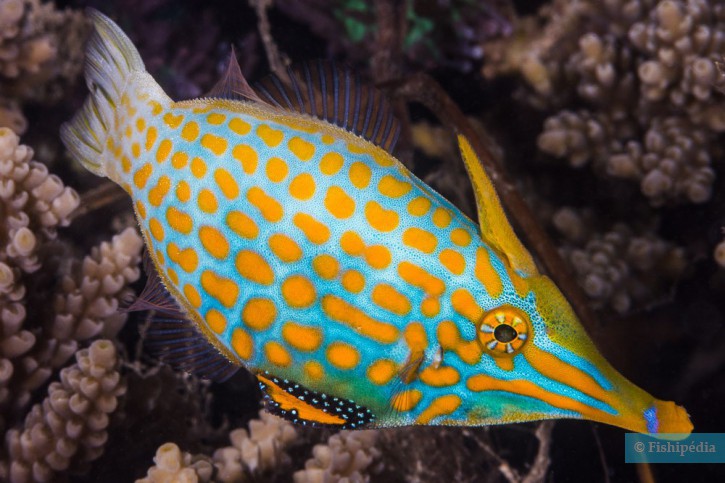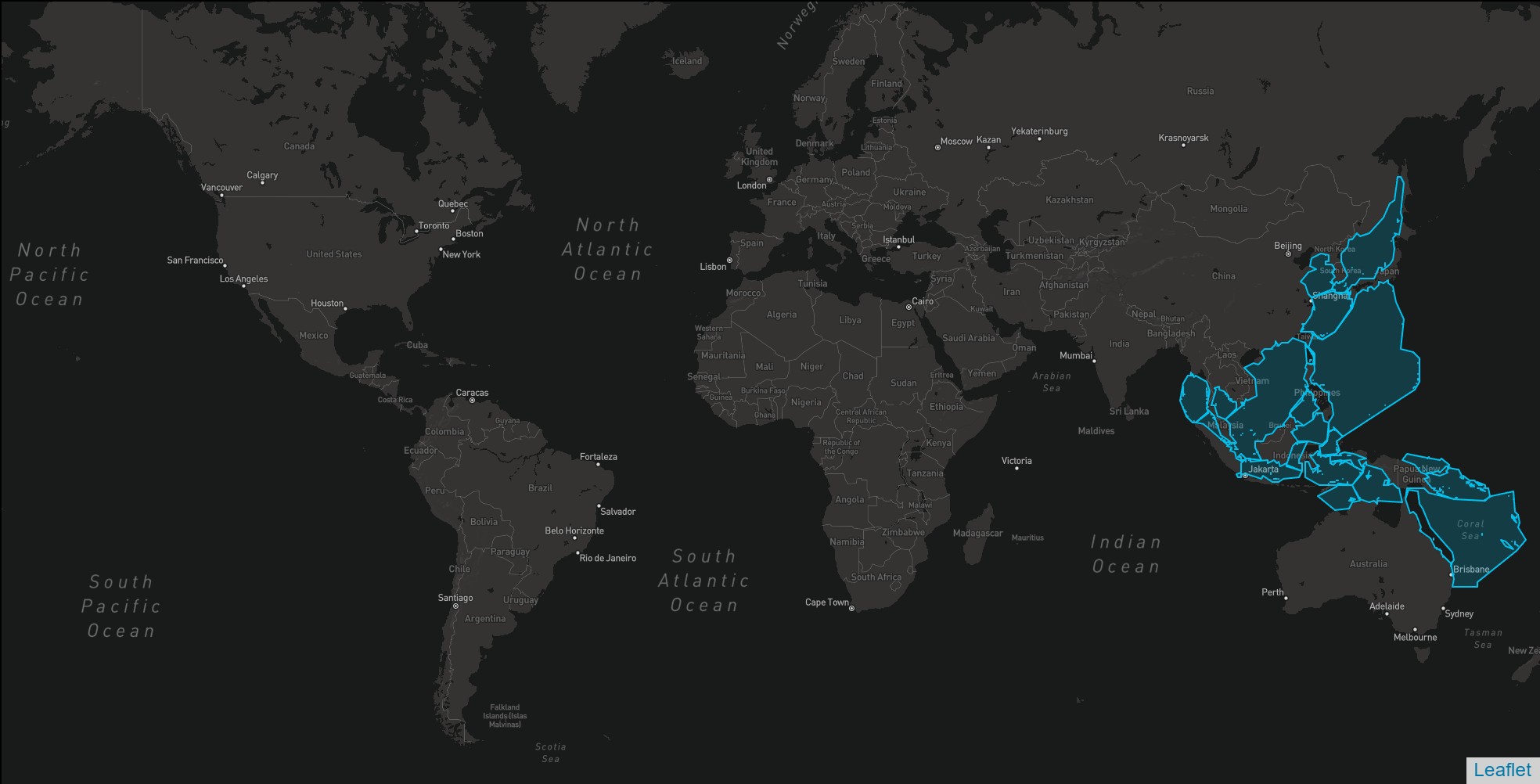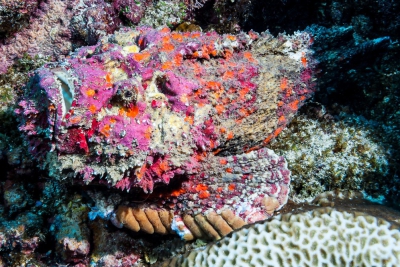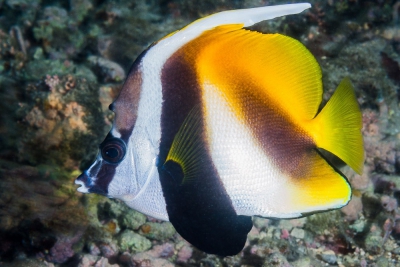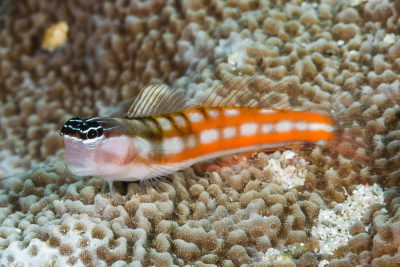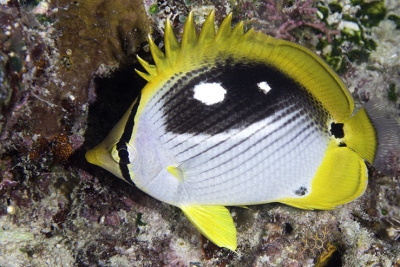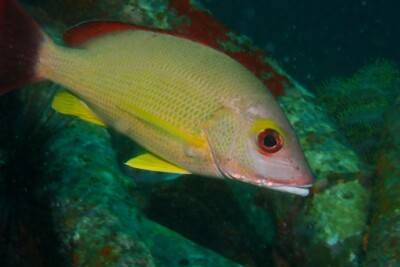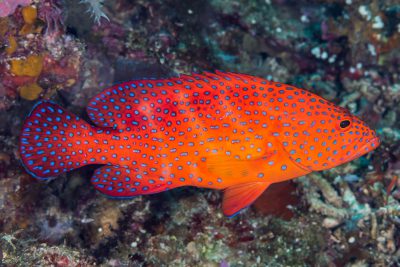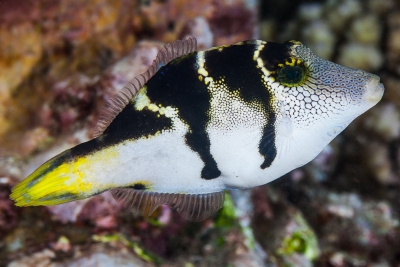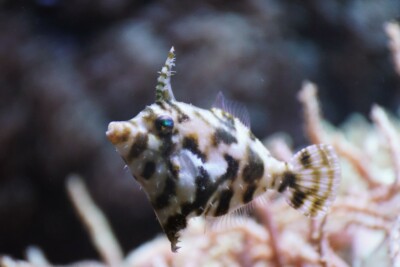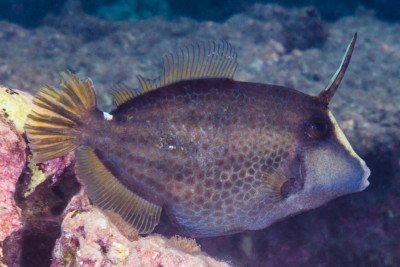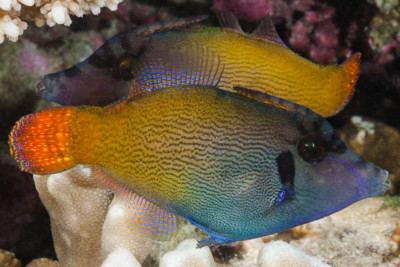harlequin filefish
| Scientific name | Oxymonacanthus longirostris |
|---|---|
| Descriptor | Bloch & Schneider |
| Year of description | 1801 |
| IUCN category (World) | VU |
| Family | Monacanthidae |
| Genus | Oxymonacanthus |
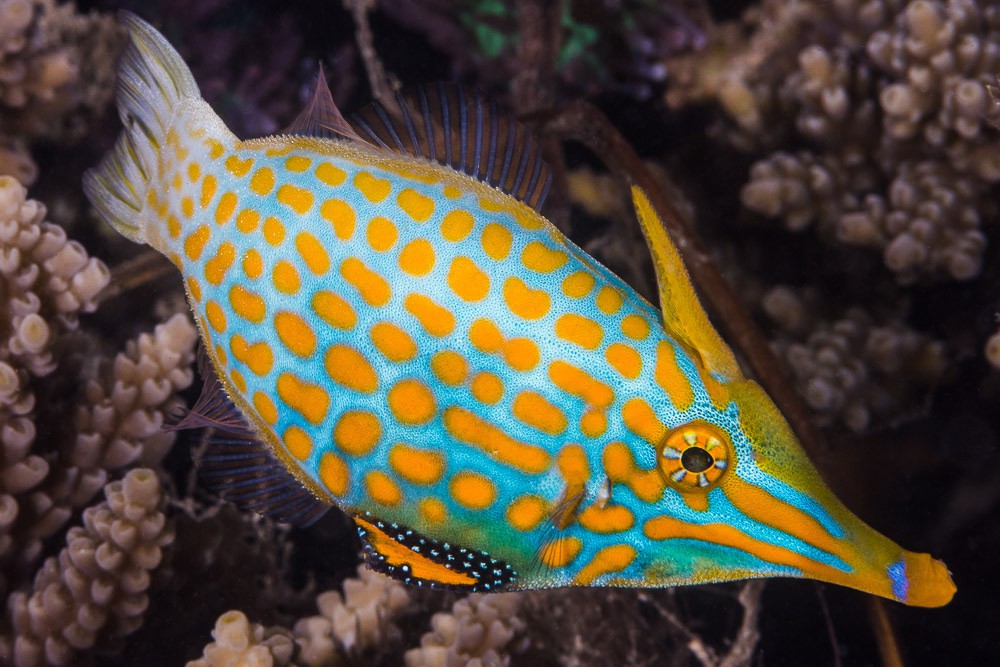

Introduction
Oxymonacanthus longirostris, commonly known as harlequin filefish, is a salt water fish.
This sheet is currently being prepared. The texts currently proposed come from our data model or are being drafted. To request priority for this content, you can write to us HERE.
Who is it?
Morphology
-
Average size12 cm
-
Maximum size14 cm
-
ShapeOvoid
-
Patterncircle pattern
-
Average size12 cm
-
Maximum size14 cm
-
ShapeOvoid
-
Patterncircle pattern
How to recognize This fish ?
The harlequin filefish measures between 12 and 14 cm. This fish is bicolore with a predominantly bleu and orange body. The also has orange circle pattern.
Behaviour & Life cycle
-
dietcarnivorous
-
Sociabilityliving in small groups
-
territorialYes
-
Way of livingdiurnal
The harlequin filefish is a fish living in small groups naturally found in the vegetation. This species is carnivorous .
Although slightly territorial, the harlequin filefish is a rather peaceful animal that generally behaves in a peaceful manner with other species.
Reproduction
-
Reproductionovipare qui pond en eau libre
The harlequin filefish is a fish ovipare qui pond en eau libre.
Harmless species
This species does not represent any particular threats to humans when encountered in its natural environment.
Origin and distribution
What is its habitat?
Natural environment characteristics
-
Temperature24 - 27 °C
-
Depth1 - 35 m
Biotope presentation
The harlequin filefish is most often found at a depth between 1m and 35m. However, it is not impossible to find this species at other depths.
Species of the same biotope
Fishkeeping
Not recommended
We do not recommend keeping this species in an aquarium. It has unpredictable needs which, if not met, generate significant stress, potentially leading to a shorter life expectancy, an interruption of its growth or the development of pathogens.
To go further
Sources & Contributions
Participation & Validation
The Fishipedia team and specialist contributors are committed to providing high-quality content. However, although the information comes from scientific sources or testimonials from specialists, the cards may contain inaccuracies.

Benoit Chartrer

Patrick Chartrer
Translation
Translation done with the valuable contribution of our translators, who make this information available to a wider audience. We sincerely thank them for their commitment.
Scientific partners
Tags
Species of the same family
Species of the same biotope
